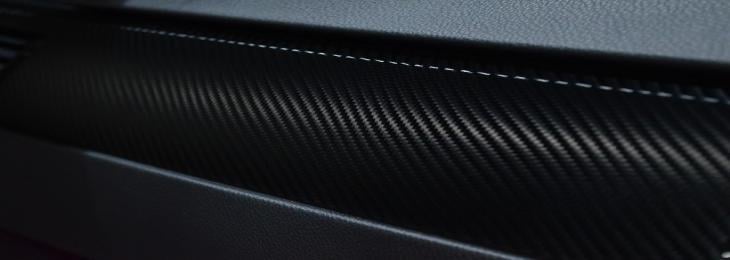
Carbon fiber can be used in a wide range of applications-woven into textiles and used in parts of building, airplanes and electronic equipment-but if they are flammable, they introduce hazards into the system.
Carbon fiber has great deal for it with amazing lightness, rigidity and strength, but even the dreamiest materials have their weakness. A researcher has now found a low cost and scalable solution to this problems in terms of a protective coat whit forms itself in molten salt. The carbon fiber burnt in high temperatures is a tendency for the scientists. Some initiatives have already shown that carbon fiber is highly heat-resistant and is able to stay in the air to up to 800ºC. This makes it highly ideal for all kinds of uses, from bike frames, cars, medical devices and even guitars. However, when it is susceptible to excessive temperatures such as those in the aerospace industry, it could run into trouble. Under that kind of circumstances, it reacts in oxygen and burns and rapidly degrades its framework and desired qualities.
Scientists previously developed more carbon fiber forms that are resistant to fire but this included the use of costly machinery, complex multifaceted procedures and unanticipated chemical reactions. Researchers also glanced at previous years promising studies that were using a seedling material while also making recycling simpler. The researchers of this new study have come up with an easy and affordable solution, starting with melted salt. It is 1,800ºF procedure that adds titan and chromium powder to the mix once salt crystals have been reduced to liquid, before carbon fiber becomes the final touch. Given the different behaviors and reactions of the materials in the molten salt mix, the chemical reaction leads to a protective covering with three distinct layers.
Its effectiveness is evaluated in experiments under which coated carbon fibers, have undercut extreme conditions involving temperatures of approximately 2200ºF and an oxyacetylene torch. The three layer chromium carbide and titanium carbide coating have been discovered to provide more security than a single thin layer. The researchers categorized their new process as quick and clean and hence extremely appropriate for industrial use.






